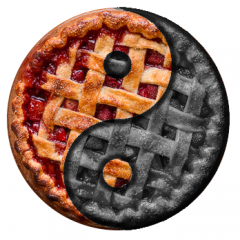How to Catch Loading Down in DC Power Supplies Before It Catches You
Loading down is a failure scenario unique to DC power supplies, and if you don't know what to look for, it can leave you scratching your head and eating some expensive parts. How do you identify that you have a potential loading down scenario, and what steps can you take to verify that? That's exactly what we cover in this Master Samurai Tech Workshop.
Topics covered include:
- How DC power supplies work
- How they affect the board's operation
- What loading down is and how it manifests
- How to test for loading down
...and more!
You can view this workshop in its entirety right here for free. Want to see more like it? We have over 100+ hours of technical workshop videos like this available here -- only for premium tech members at Appliantology.
-
.png) 9
9
-
 2
2






11 Comments
Recommended Comments